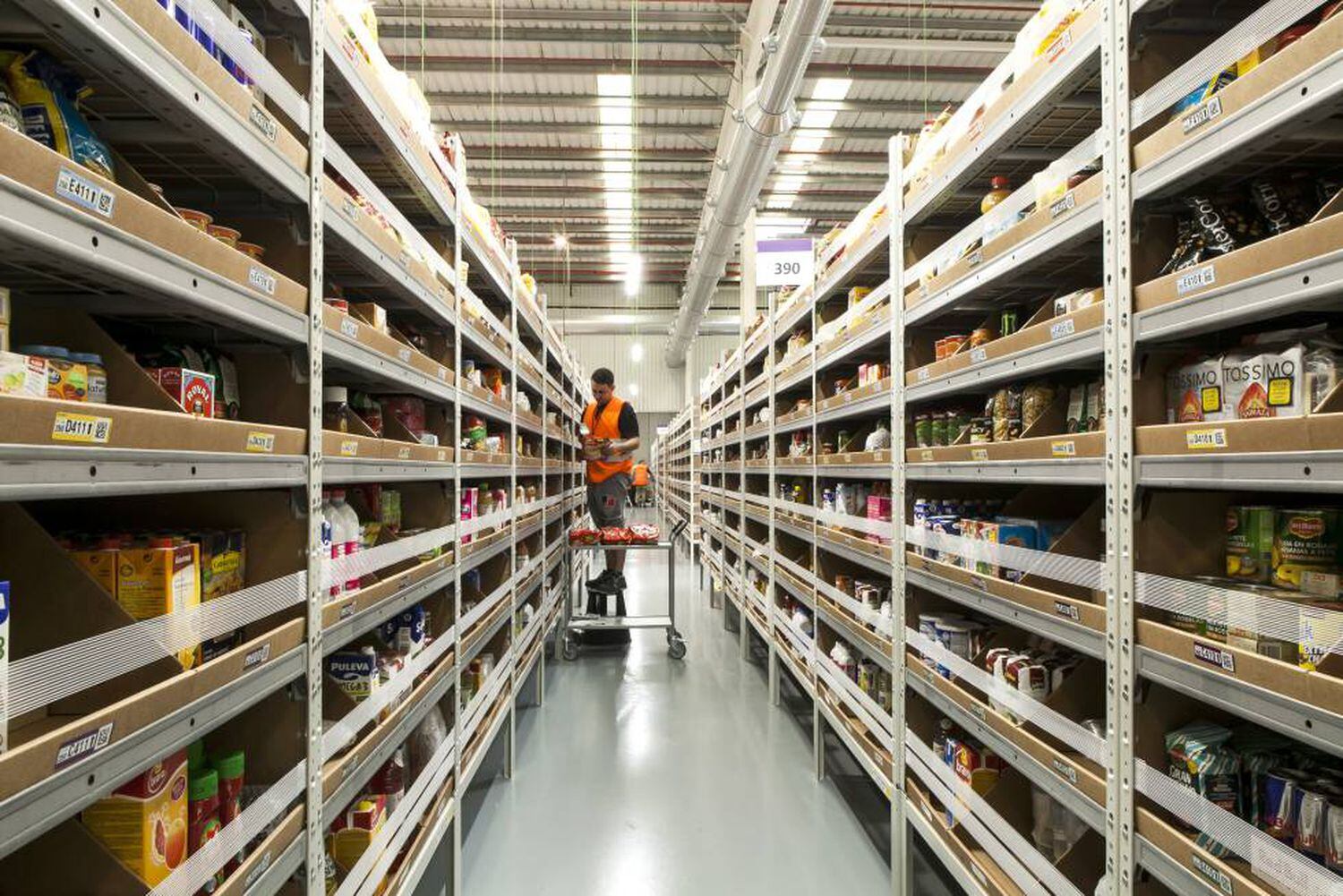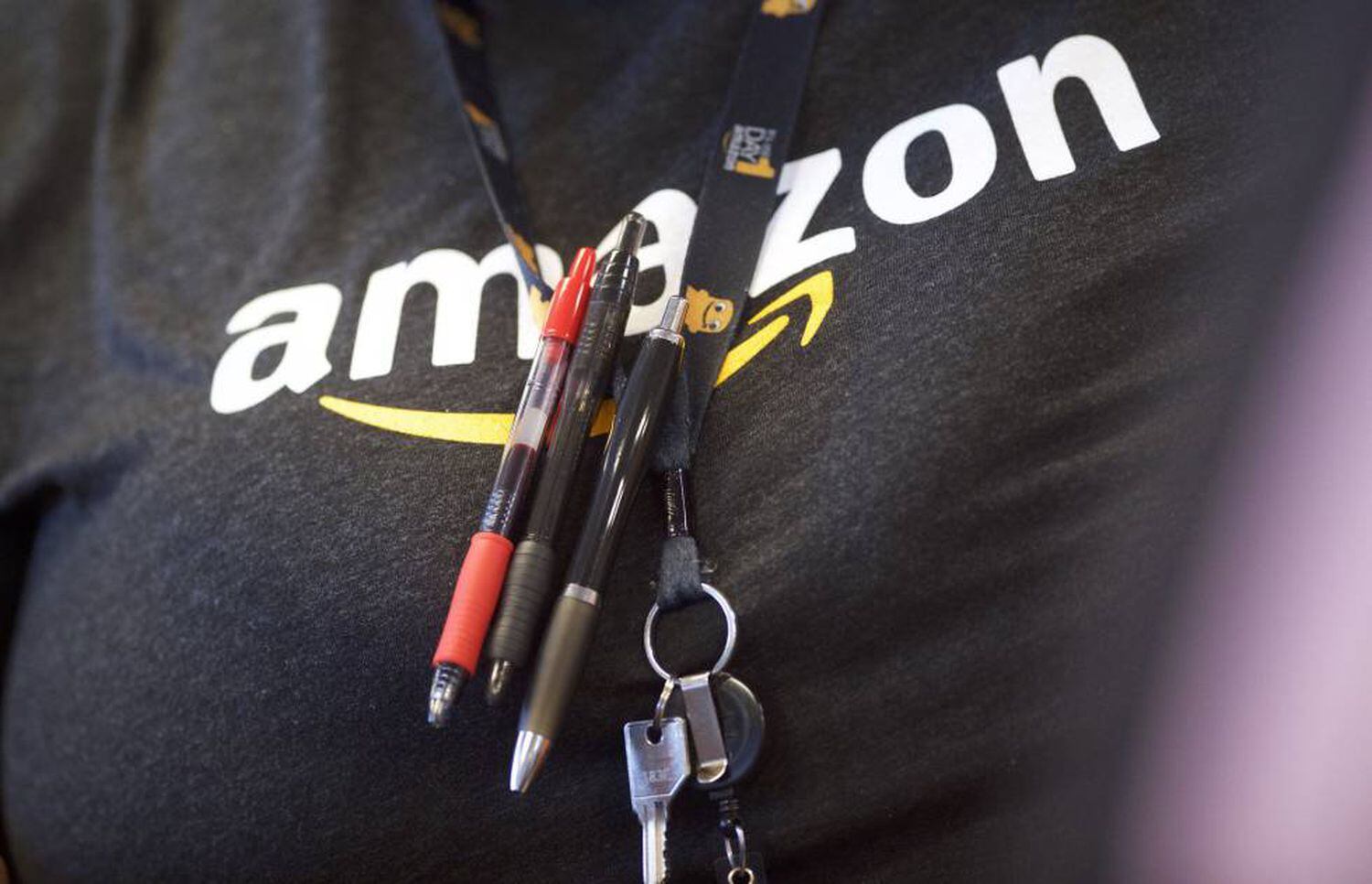Hello my little beauties! Hope you are doing well. Today’s blog post is about my experience while testing Philips MoistureProtect technologies; Hair Straightener + Philips MoistureProctect Auto-Curler + Philips Lumea Advanced IPLavailable at MediaMarkt. It’s a pretty exciting new beauty post because it is all about our hair; whether it’s our lovely locks of hair or our annoying other kind of hair, which we always struggle to make disappear…
For those of you who are impatient (head to the bottom of this post for the GIVEAWAY) and if you are interested in using my discount code, you can get:
20% OFF at MediaMarkt with discount code: cocorebe20
Important: This code is available only until June 2, 2019, both online and in stores, on all the Philips Beauty products at MediaMarkt, so there you go!
Now, it’s time for you to discover my review!
Philips MoistureProtect Auto-curler

Picture credits: Diana Kottmann / www.dianakottmann.com / Instagram @diana_kottmann
Last week, I got the chance to discover and test for you the Philips MoistureProtect Auto-curler, while attending Philips X Mediamarkt event in Dietlikon, Zürich. I had asked you if you were more into straight hair or curly hair… to which you at 66% answered: CURLY hairstyle. As many of you saw on Instagram, I have shared Instagram Stories with you to show you the “in the making – tutorial process” during the event and the least I can say, is that I fell in LOVE with this Philips auto-curler and apparently many of you girls loved the results too. Thanks for your sweet messages and feedback on my stories.
Is Philips MoistureProtect Auto-curler easy, efficient and secure?

It’s super easy to use and although I have a lot of hair and it’s really long (lion style as you know… hihi), the hairstylist managed to do my hair in only 5 minutes, while using the MoistureProtect Auto-curler! A true time record on my hair, trust me! What truly convinced me with the Philips MoistureProtect Auto-curler is obviously the stunning beach wave’s result we achieved in such a short period of time, as well as the fact that this auto-curler did not “hurt” my curls at all.Actually, I would even say the opposite, it is as it moisturized my hair, while getting stunning wavy hair. This to me, is a first, as I usually could feel my hair burning and feeling really dry after using any other basic hair curler. One of the reasons why I only occasionally styled my hair in the past. Pretty sad, knowing how much I love curls and the beach waves hair effect.
What is this MoistureProtect technology all about?

On top of that, the way this technology aspires your hair is really cool and it’s quick as it only lasts 8 to 12 seconds per impressively think strands of hair. Now, from a little bit more technical perspective, here are more statements I discovered and can confirm you, while testing the Philips MoistureProtect
- Glamorous curls twice as fast (Definitely also due to the fact you can do thick strands of hair! Which in my case is really great)
- Strengthens the shine and preserves the natural moisture of your hair (Which truly works and made my hair wavy yet super soft and shiny!)
- MoistureProtect Technology
- Automatic beep when the loop is ready
- Easy to use vertical handle
- The ceramic heating body is enriched with keratin for more glide and protection during shaping.
- Ionic care for shiny, smooth and frizz-free hair
- Intelligent looping system for effortless styling
- MoistureProtect technology controls and adjusts the temperature to preserve the natural moisture of your hair
- It prevents your hair from overheating by maintaining an optimal temperature permanently, for beautiful hair protected in depth
How long will my curls last?
I am impressed with the fact that Philips MoistureProtect Auto-curler left me with glamorous yet quite natural curls that lasted for 3 days and could have lasted much longer. I am telling you 3 days here, because I washed my hair after the 3rd day).
Does Philips MoistureProtect Auto-curler also work on short hair?
I have the feeling that this technology is perfect for you if you have long hair but I am not sure it would be your perfect match on shorter hair (shoulder length or shorter), in regards to the very soft results I saw on girls with shorter hair. I would suggest you to go to your closest Mediamarkt and ask if you can test it first to see if this works well also on short hair.
– 20% on all Philips Beauty products at MediaMarkt
Talking about all this, I still have -20% discount for you on all the Philips Beauty products (both for ladies and gentlemen!) at MediaMarkt, both in shops and/or online.
This special discount code will only be available until June 2, so do not hesitate to treat yourself with it, while it’s still time.







